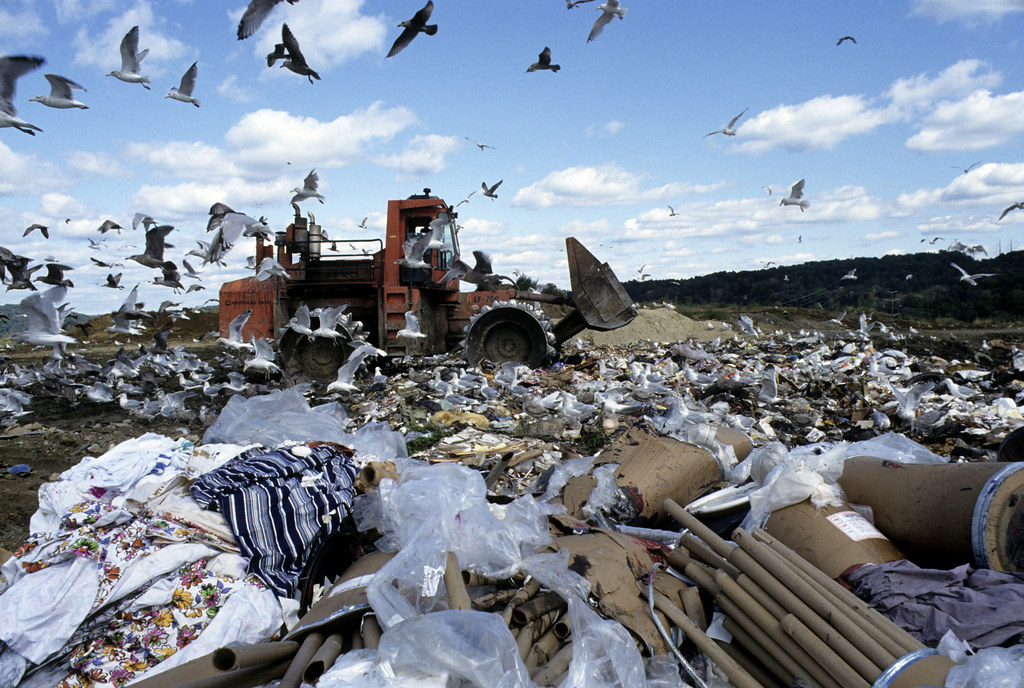Scientists warn “Plant a Million Trees” Campaigns can be Detrimental
/CHILE, South America - Recent studies have shown that large-scale efforts to plant trees in lieu of deforestation can be massively harmful without proper execution. Improper reforestation reduces the biodiversity of an ecological environment, but it also often falls short with inaccurate estimations of how much carbon the new forests can absorb.
Photo by Casey Horner on Unsplash
In 2019, a scientific article claimed that we had previously underestimated the amount of space available for artificial forests, which were capable of reducing carbon emissions by 25 percent. However, many scientists refuted this article, stating that the results were "too good to be true." Countries from all parts of the world have attempted to reduce the effects of deforestation—increasing crop efficiency in the U.S., concentrating fewer areas of population in the Eastern Europe and Russia, and even a highly dictatorial regime in China—but none of these methods could be highly successful on a global level.
One of the main problems with such optimistic studies is that they neglect the prospect of time. Trees take decades to reach their full carbon-absorbing potential; however, the human production of carbon emissions is increasing rapidly every day. By the time artificial forests are viable, it will most likely be too late.
However, it seems that many countries are willing to take the risk with artificial forests, much to the chagrin of environmental scientists. One such effort is the Bonn Challenge, which was "launched by the International Union for Conservation of Nature (IUCN), which acts as its Secretariat, and the Government of Germany in 2011." The challenge's homepage states that it "is a global effort to bring 150 million hectares of the world's degraded and deforested lands into restoration by 2020 and 350 million hectares by 2030." While around 40 nations have claimed their support, scientists have warned against the rush into such a large-scale initiative. More than ¾ of the commitments that have been made "involve planting monoculture plantations or a limited mix of trees that produce specific products such as fruit or rubber." These monoculture crops are often more profitable than the rich ecosystems they are replacing. There seems to be somewhat of a hidden agenda in the Bonn Challenge, and economic interest is a common feature in similar campaigns.
For example, a recent study was done on the Chilean government, which ran a globally acclaimed afforestation program from 1974 to 2012, where they subsidized 75% of the costs behind replanting forests. Unfortunately, since many farmers had governmental support when planting trees, they replaced native forests with cash crops to earn a sizable profit. The program largely failed to remove atmospheric carbon and even increased the loss of biodiversity. The co-author of the study, Professor Eric Lambin from Stanford University, stated that "If policies to incentivize tree plantations are poorly designed or poorly enforced, there is a high risk of not only wasting public money but also releasing more carbon and losing biodiversity." Large-scale afforestation campaigns were partially detrimental due to the lack of rules or their enforcement.
Another study was done on the intensive afforestation and dust-reduction efforts in northern China. Researchers found that while adding trees to carbon-poor soil increased the density of organic carbon, the same practice on carbon-rich soil decreased the density. They concluded that the previous studies on monocultures' organic carbon-restoring capabilities were vastly an overestimate, and additionally was an inadequate response to such a multi-level problem. "We hope that people can understand that afforestation practices are not one single thing," said Dr. Anping Chen, from Colorado State University and a lead author on the study.
Directly planting thousands of trees with no concern about the climate that they are replacing is not the solution to deforestation; instead, a multi-prong approach is necessary to combat such a complex issue. Anything less than this would be a disservice to the complex and rapidly disappearing ecosystems that grace this planet and the entire human population.
RELATED ARTICLES
Protests In Chile (bbc.com)
Tree-Planting Programs Can Do More Harm Than Good (pulitzercenter.org)
Tree planting ‘can do more harm than good’ according to scientists (nbc.com)
Tree planting ‘can do more harm than good’ according to scientists (inews.co.uk)
Why planting more trees may not help cool the planet (environment-review.yale.edu)















